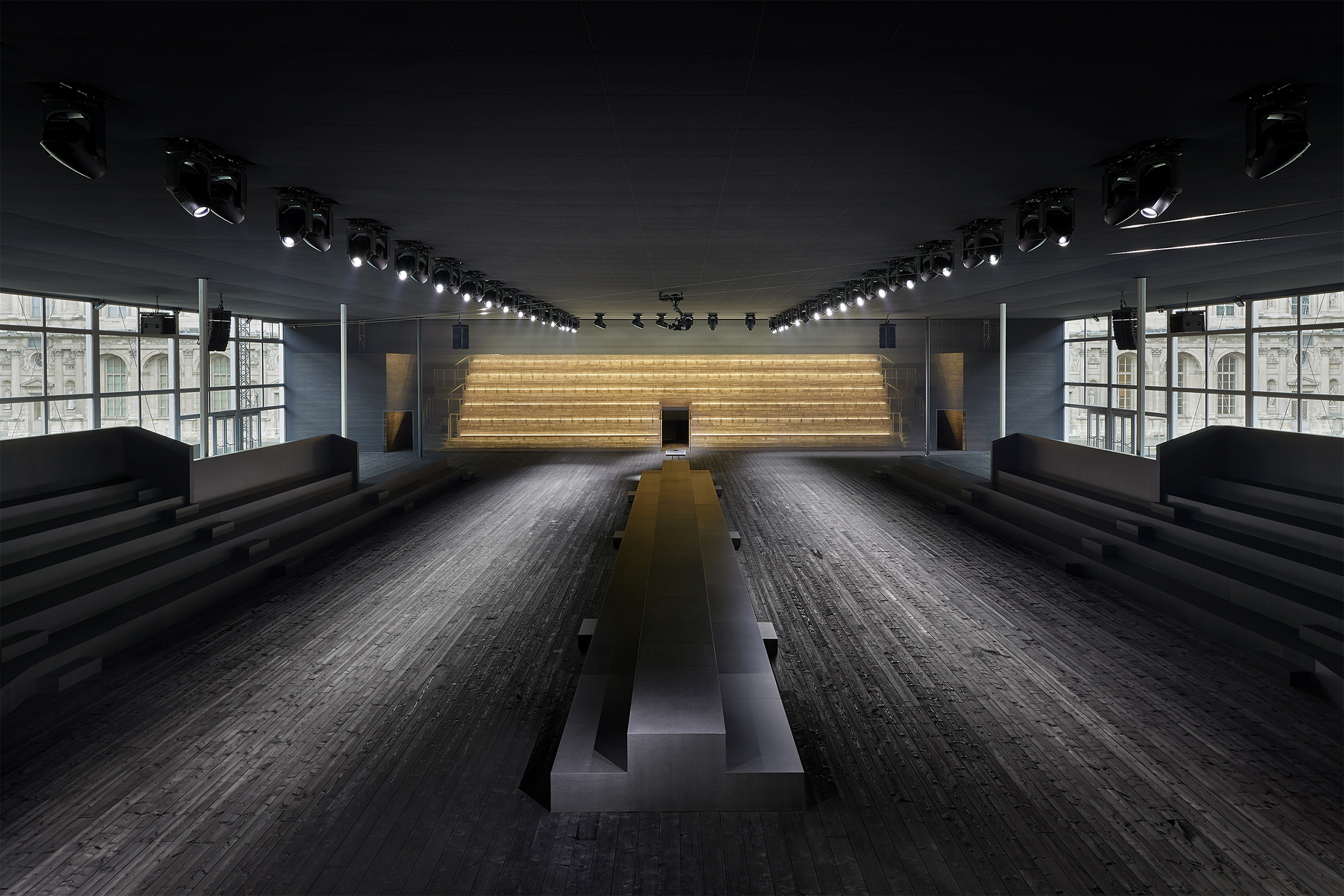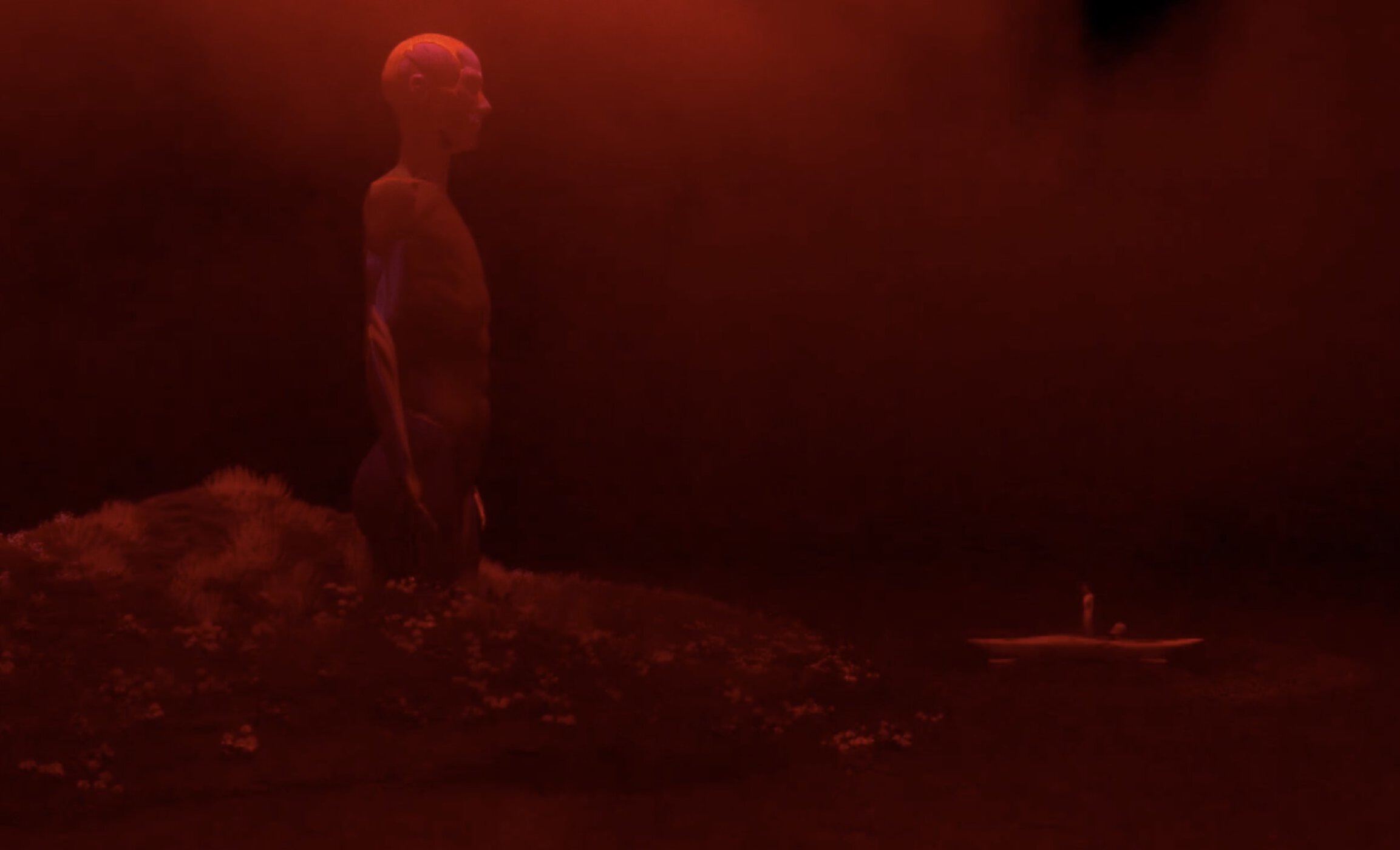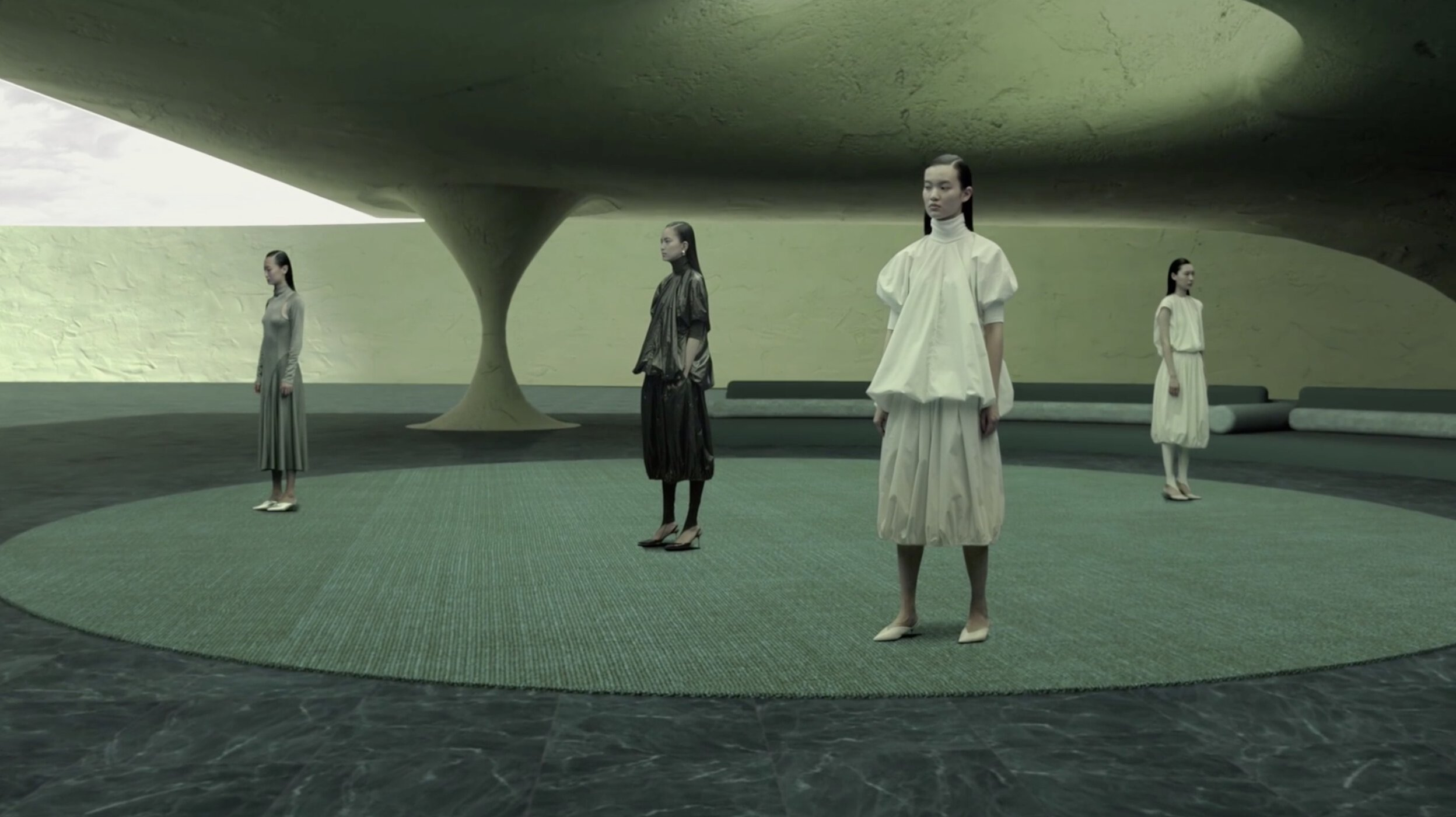BY MARCO D’ANGELO
Guest Columnist
As we enter month two of placing all real-world PR events on hold, it’s no wonder that digital experiences are quickly picking up steam.
A recent survey indicates that 64.3% of PR and event professionals say they’ve never created a virtual experience for their brand—but they’re willing to learn. While the fashion industry thrives on face-to-face interactions, the digital alternative can provide your organization with the opportunity to expand your reach, connect meaningfully with your audience, and possibly cut costs in the upcoming months.
Sudden changes in our world and the world at large have caught everyone by surprise. The upshot? Few small businesses have a short-term digital plan in place. To provide you with some understanding and direction, here are a few basic strategies for using virtual experiences to benefit your brand.
Pivot And Explore Your Creativity
It is essential to recognize that we are facing a temporary shift, not a complete revolution. For now, the task is to explore and experiment.
First, let go of fears of the unknown. Constantly fretting over ever-changing events is a waste of time, energy, and mental health. Get comfortable with the fact that digital solutions—and the re-tooling and re-educating that go with them—are the best way to maintain business continuity.
Fortunately, others have already forged this path and shown us the way. Brands have often used innovative approaches to engage with their consumers, so we know that straying from the norm works—and works well.
Tom Ford skipped the runway for his Spring 2016 collection, instead enlisting pop star Lady Gaga to model the collection in a digital film. Monse founders and creative directors Laura Kim and Fernando Garcia leveraged their network of connections to present their Fall 2018 collection with a film narrated by rap artist Nicki Minaj and modeled by Erin Wasson.
Designers, creative directors, and influencers are a source of fascination to consumers, so this is a great opportunity to provide a virtual interaction. Michael Kors put this concept into play by narrating his own pre-collections, proving that an up-close-and-personal experience with the designer can actually be an enhancement to a product launch. Savvy influencers know this, too, and they are reaching thousands of consumers stuck at home, delighting and entertaining them with their creativity and credibility.

Fashion is often judged as elitist, and that lofty attitude can be a detriment right now. A private, invitation-only Instagram account that showcases your collections for a handful of followers is not the way to go. Now more than ever, your brand needs to be inclusive. Tapping into the power of a virtual event will give you the expanded reach that is so crucial today.
Understand Your Objective
Whatever you decide to do—whatever approach you opt to take—keep in mind that the key objective is good experience management. To be effective, you must follow the rule of three:
- Make sure the concept is part of a broader, long-term plan.
- Always acknowledge the current environment.
- Create micro content that your audience can easily understand.
Once you’ve followed those steps, implement technology to make it happen.
Keep in mind that the user’s experience drives the technology—not the other way around. For example, TikTok is a popular tool right now, but it’s not right for every brand.
On Wednesday, April 15, Xcommons, a Shanghai-based biannual designer support and crossover platform, created the first online virtual fashion show. This immersive digital experience, the first of its kind, focused on emerging labels and provided an alternative for designers to present their fall 2020 collection in the midst of the COVID-19 outbreak.
Here in the U.S., supermodel Cindy Crawford and photographer Kat Irlin joined forces to create a remote photo shoot done completely over FaceTime. Posted on Instagram, this collaboration featured Crawford posing at home in California while Irlin was in New York.
It’s not necessary to become an e-wizard to create a virtual experience. You do, however, need to become knowledgeable about the options available so you can determine what is most appropriate.
The most important question I ask myself before creating any kind of experience is: How does it add value and differentiation, and how can I make that specific to the brand?
This Isn’t Forever
There’s been a lot of talk about the fate of events and how we will present ourselves moving forward, but please don’t lose sight of one simple fact: Virtual experiences are not the future. For now, however, they are a viable alternative. See them as a complimentary tool, not a replacement, that aligns with your long-term goals. Our industry will always bring value. Events, although currently deferred, are here to stay. And the growth—the normal—will return.




